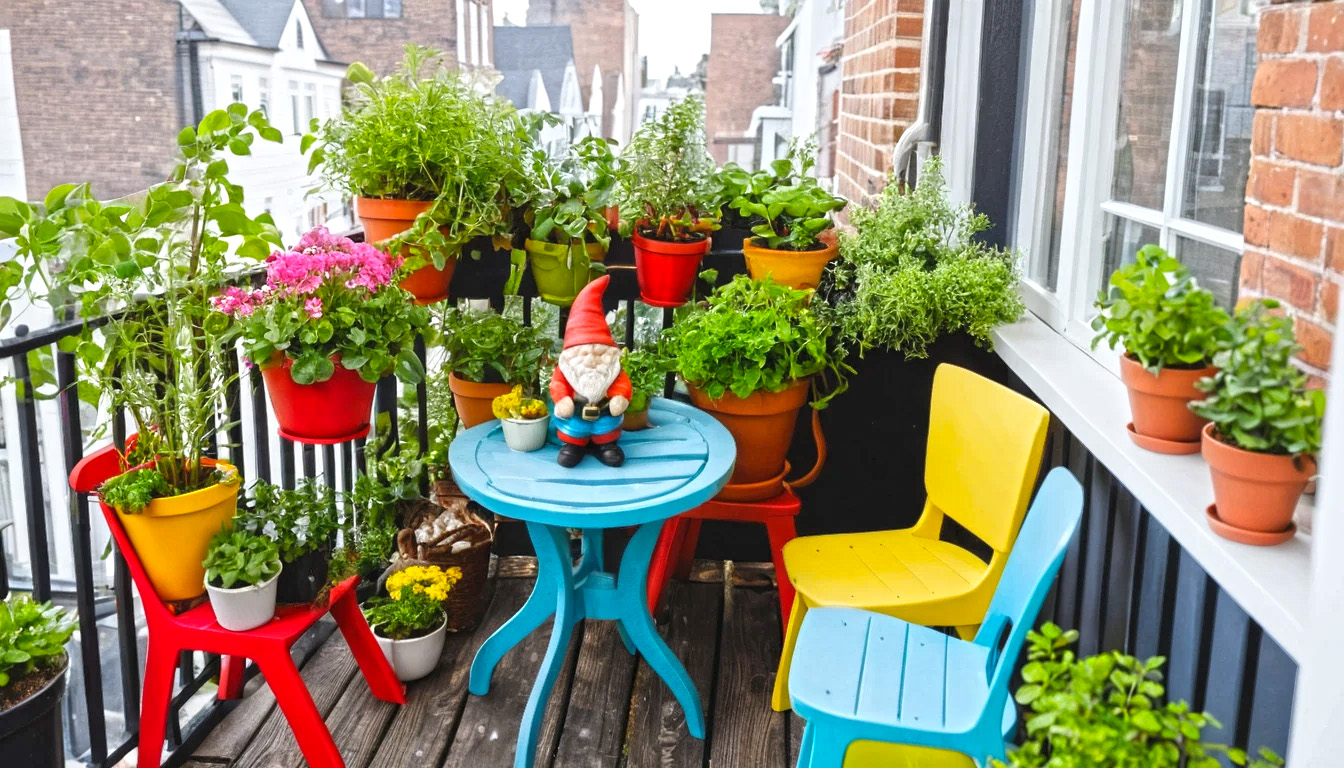Now Reading: DIY Insulation Tricks: Stay Warm, Save Cash, Laugh Too
-
01
DIY Insulation Tricks: Stay Warm, Save Cash, Laugh Too

DIY Insulation Tricks: Stay Warm, Save Cash, Laugh Too
DIY Insulation Tricks: The Laughably Effective Way to Stay Cozy
Insulating your home isn’t exactly the kind of Saturday plan that gets your friends excited. But here’s the thing: once you realize how much money and warmth you’re losing through gaps and leaks, DIY insulation tricks start to feel like superhero work. It’s you versus the invisible draft monsters. And you’re armed with a caulk gun, foam cans, and an oversized hoodie.
So grab your tape measure, flashlight, and maybe a playlist that makes you feel invincible. Because we’re about to turn your attic, basement, and walls into the warmest, most energy-efficient spaces in the neighborhood—one laugh and one bead of caulk at a time.

DIY Insulation Tricks #1: Start with the Obvious Leaks
Before you dive into fiberglass batt insulation or blown-in insulation, you need to play detective. Look for dirty insulation, frost or condensation marks, and water staining on insulation. These are red flags screaming, “Hey, I’m where your heat escapes!”
Seal First, Then Insulate
Always seal first, then insulate—it’s the golden rule of DIY insulation tricks. Use attic air sealing to plug big holes and seal gaps with caulk. A caulk gun & silicone caulk will quickly become your best friend (and your enemy if you don’t wear safety glasses, gloves, and a mask).
Then, grab expanding spray foam for gaps and use high-temperature caulk around flues. It’s like plugging all the secret tunnels in your house that cold air uses to sneak in.
DIY Insulation Tricks #2: Get Personal with Your Attic
Your attic is probably plotting against you. But it’s also the most rewarding place to start.
Plug Large Leaks First
Those rim joist cavities leaks, chimney flue gaps, and open stud cavities leakage are the main culprits. Don’t be shy—crawl in there with boards to walk on in attic, knee pads for attic work, and a drop light or flashlight.
Find Attic Bypasses
Look for recessed “can” lights as leakage source, dropped soffits as leak paths, and holes at wiring/pipe penetrations. Then use metal flashing around pipes/flues and form insulation dams to control air movement.
Add and Layer Insulation
Once sealed, go crazy with adding attic insulation—use fiberglass batt insulation, blown-in insulation, or rigid foam board insulation. Don’t overstuff; think of insulation like a good lasagna: layers, not lumps.
If you’re feeling ambitious, try stacking insulation (layering) or insulation over existing insulation. Just make sure you maintain soffit-to-ridge ventilation channel and do not block soffit vents.

DIY Insulation Tricks #3: Door and Window Draft Dramas
You know that moment when a breeze sneaks under your door and makes your ankles cold? Yeah, that’s fixable—and you don’t need a wizard for it.
Weather strip and Seal Everything
Start with weather strip doors & windows, caulk around electrical boxes, and seal plumbing & wiring penetrations. Use foam gaskets on outlets and outlet/switch box insulation inserts for those sneaky wall chills.
Dress Up Your Windows
If your windows are older than your first phone, try insulating window plastic film, insulating drapes or thermal curtains, and even storm windows or secondary glazing. Want a temporary solution? Go for window film/shrink wrap or removable insulation panels.
And don’t underestimate a thermal door snake/draft stopper—cheap, effective, and mildly entertaining to watch in action.
DIY Insulation Tricks #4: Basements, Crawlspaces, and Those Forgotten Corners
Most people forget about their insulating basement/crawlspace, but that’s where heat disappears faster than snacks at a family gathering.
Seal your rim joist air sealing zones, rim joist cavities leaks, and open stud cavities leakage. Add rigid foam sheets or rigid foam board insulation. For a finishing touch, wrap up your insulating water pipes so they don’t freeze or waste energy.
Keep the Air Moving (But Controlled)
A big part of DIY insulation tricks is balance. You want a sealed home—but not a suffocating one. So, ensure proper ventilation to avoid blocking vents, maintain ventilation path, and watch out for carbon monoxide/indoor air quality.
If your sealing job is tight enough to impress a submarine engineer, use mechanical ventilation if sealing tight to maintain fresh air.

DIY Insulation Tricks #5: Tools of the Trade (And a Few Laughs along the Way)
Here’s your insulation tools list—aka your survival kit:
- Caulk gun & silicone caulk (for sealing gaps)
- Expanding foam cans (for the big offenders)
- Reflective foil insulation (for radiant heat barriers)
- Sheet metal scissors (trust me, your kitchen scissors will not survive this)
- Retractable utility knife, staple gun/nails, tape measure/ruler
- Safety gear: glasses, gloves, mask—because fiberglass is itchy and regret is worse
Keep boards to walk on in attic handy, and take breaks. If you start talking to your insulation, it’s time for a snack.

You might also like these life hacks:
1. Water Saving Irrigation Techniques: Smart Tips for Efficient Irrigation
→ Discover clever water-saving irrigation techniques and smart tips that make your garden greener, your bills lower, and your plants dance happily.
2. Upcycling Old Furniture or Items: Creative Hacks with Humor
→ Explore fun and creative upcycling hacks for old furniture or household items that add style, save money, and give you a chuckle while you DIY.
3. Painting and Wall Art Shortcuts for Happy Walls
→ Learn painting and wall art shortcuts that transform your dull walls into cheerful, eye-catching spaces without losing your sanity—or your weekend.
4. 21 Modern Kitchen Ideas That Look Straight Out of a Luxury Magazine
→ Check out 21 modern kitchen ideas that combine sleek design, smart functionality, and luxury vibes, making your cooking space magazine-worthy.
Composting and Soil Improvement Tips for Thriving Gardens
→ Discover seed germination shortcuts that help your garden flourish faster, turning even the most impatient gardener into a proud green thumb.
6. Pest Control without Chemicals: Natural, Safe, and Effective
→ Explore natural pest control methods that are safe, effective, and chemical-free, keeping your home critter-free and your conscience clear.
7. Composting and Soil Improvement Tips for Thriving Gardens
→ Master composting and soil improvement tips that boost your garden’s health, reduce waste, and make your plants the happiest neighbors on the block.
DIY Insulation Tricks #6: The Little Things That Add Up
Sometimes, comfort isn’t about the big projects—it’s the tiny tweaks that make your home feel instantly cozier.
- Use carpet/rugs for floor insulation—they’re basically warm hugs for your feet.
- Install a threshold sweep/door bottom seal to keep cold air from gatecrashing your evenings.
- Try caulking window trim/molding for that neat, sealed look.
- Use insulation dam around flues to avoid heat loss where you least expect it.
- Measure your existing insulation depth, then compare with recommended R-values to see if your attic needs a top-up.
And yes, even dirty insulation tells a story. If it’s grimy or shows frost/condensation marks, that’s your cue for another round of detective work.
DIY Insulation Tricks #7: Don’t Be the Over-Insulator
Here’s a classic rookie mistake—stuffing every corner like you’re packing a suitcase for Antarctica. Don’t.
Overstuffed insulation reduces airflow and increases moisture problems. Remember: avoid blocking airflow/vents, don’t disturb vermiculite without testing, and leave clearance around flues/chimneys. You want to ensure proper attic ventilation after insulation, not create a sauna above your bedroom.
DIY Insulation Tricks #8: Retrofit like a Pro
If you’re working on an older home, renovation/retrofit strategies and retrofitting insulation are your go-tos. It’s about upgrading without tearing everything down.
Use retrofit air sealing and insulation for existing homes to balance energy efficiency with structural respect. Think of it as giving your home a warm sweater, not a total makeover.
And yes, there’s such a thing as climate-appropriate insulation. If you live somewhere humid, focus on moisture control. Cold climate? Focus on R-value. Hot climate? Reflective barriers and attic ventilation are your friends.
DIY Insulation Tricks #9: Comfort and Savings Go Hand in Hand
The best part? Every bit of insulation adds up to real comfort. You’ll notice comfort improvement for homes, fewer drafts, and smaller utility bills.
These low-cost insulation upgrades and energy efficiency tips are all about turning “ugh, my house is freezing” into “wow, my home feels amazing.”
When you reduce heating/cooling bills, you’re not just saving money—you’re extending the life of your HVAC system and doing your bit for the planet.
DIY Insulation Tricks #10: Wrap-Up, Warm-Up
At the end of the day, good insulation is invisible success. No one compliments your sealed attic hatch or your perfectly placed foam gaskets on outlets. But you’ll feel it in every cozy night and smaller energy bill.
So, take pride in your do-it-yourself home sealing journey. Follow your home insulation checklist, tackle one zone at a time, and remember: it’s not about perfection—it’s about progress and persistence.
When the cold hits and your neighbor’s complaining about drafts, you’ll be sitting there, toasty, smug, and sipping cocoa, whispering, “Yeah, that’s one of my DIY insulation tricks.”
Quick Takeaway
- Seal first, then insulate.
- Don’t block ventilation.
- Use the right materials.
- Layer smartly, not heavily.
- Double-check R-values.
- And always—laugh when you drop a foam can. Everyone does.
Bonus: The “Are You Sure?” Checks
Before you call it done, run through these:
- Did you seal attic hatch & door properly?
- Added attic hatch cover insulation after sealing?
- Used use foil tape/mastic for ducts for airtight duct sealing & insulation?
- Left clearance around flues/chimneys?
- Ensured no ventilation blockage risk?
- Checked for insulation pivot points (edges, corners)?
If you said yes to all—congratulations, you just mastered DIY insulation tricks like a pro.






















